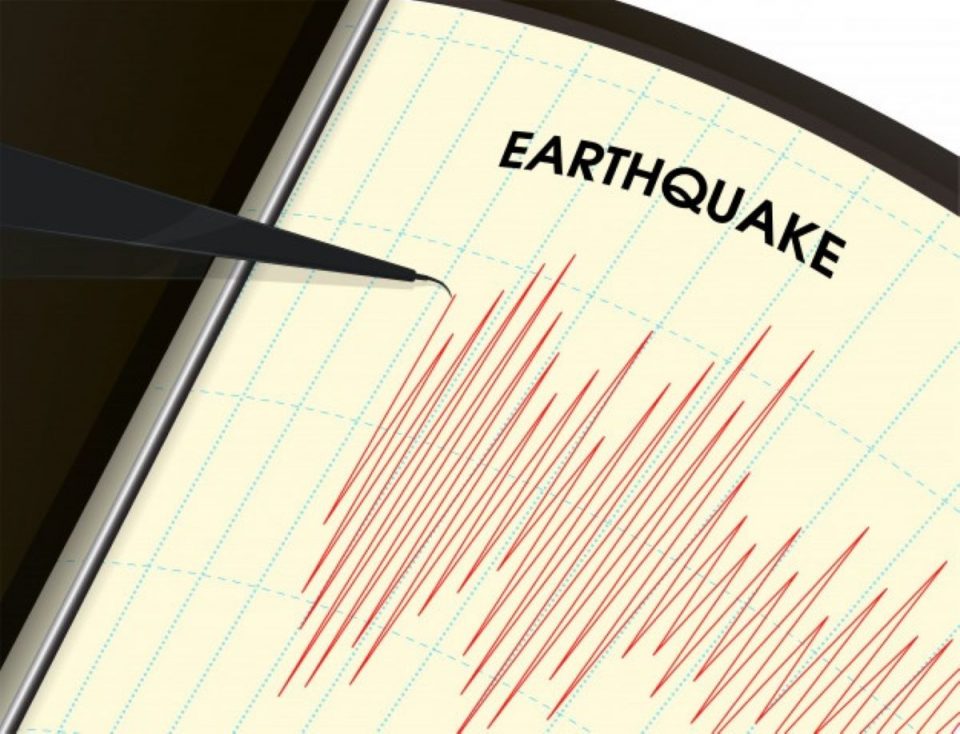KUALA LUMPUR, April 17 — Malaysia is not completely free from the risk of earthquakes, said the Natural Resources, Environment and Climate Change Ministry (NRECC).
It said the effects of earthquakes that occur in Sumatera, Indonesia, and the movement of tectonic plates of the Indian – Australian Plate can result in the activation of ancient faults in Peninsular Malaysia and cause earthquakes.
“The magnitude of earthquakes can reach up to 6 depending on the size of the ancient fault lines that are activated,” the ministry said in a statement today.
According to the NRECC, strong tremors centred in Malaysia at magnitude 6 to 6.3 had hit Sabah in 1923, 1958, 1976 and 2015, while the strongest earthquake in Sarawak measuring 5.3 in magnitude occurred in 1994.
In the Peninsula, there were also several earthquake tremors with a local epicentre in Bukit Tinggi, Pahang; Kenyir Dam, Terengganu; Kuala Pilah, Negeri Sembilan, Manjung and Temenggor in Perak with a magnitude range of between 1.6 and 4.6 in 1984, 1985, 1987, 2007, 2009, 2010 and 2013.
For Sabah and Sarawak, the occurrence of earthquakes is caused by the activation of ancient fault lines due to the collision of the tectonic movements of the Philippines Plate and Eurasian Plate and also by the active movement of local faults.
One of the mitigation measures aimed at reducing the risk of destruction due to tremors, the NRECC, through the Department of Minerals and Geoscience (JMG), published the Seismic Hazard Map of Peninsular Malaysia, Sabah and Sarawak in 2019.
“It, among others, focuses on an earthquake-resistant building design that needs to be applied and become a reference in building constructions in Malaysia by characterising the danger zones of seismic disasters based on Peak Ground Acceleration (PGA).
“The PGA values in the seismic hazard map have been included in the ‘Malaysian Standard MS EN 1998-1:2015 (National Annex: 2017): Malaysia National Annex to Eurocode 8: Design of structures for earthquake resistance – Part 1: General rules, seismic actions and rules for buildings’,” the statement added.
It also said that the NRECC always ensures awareness of the risk of earthquakes from time to time through social media and periodically in the media and, as such, the public should be aware of the instructions issued.
— Bernama





